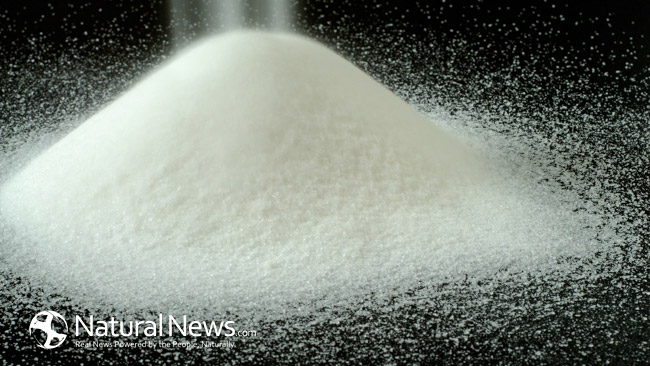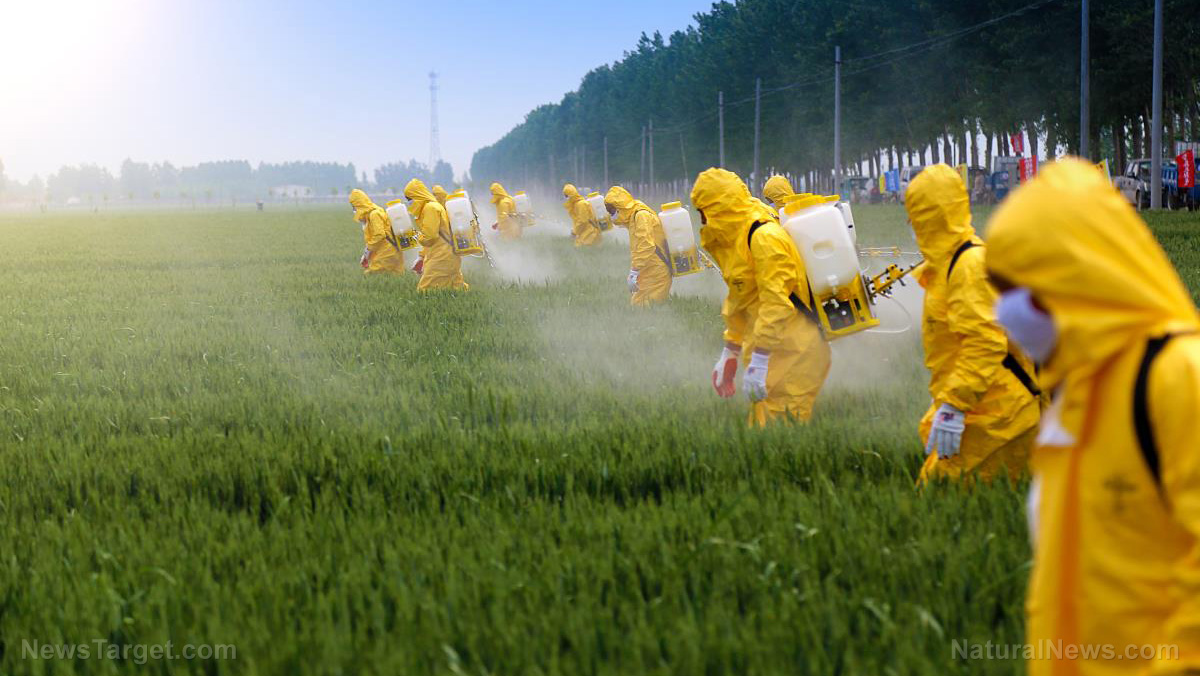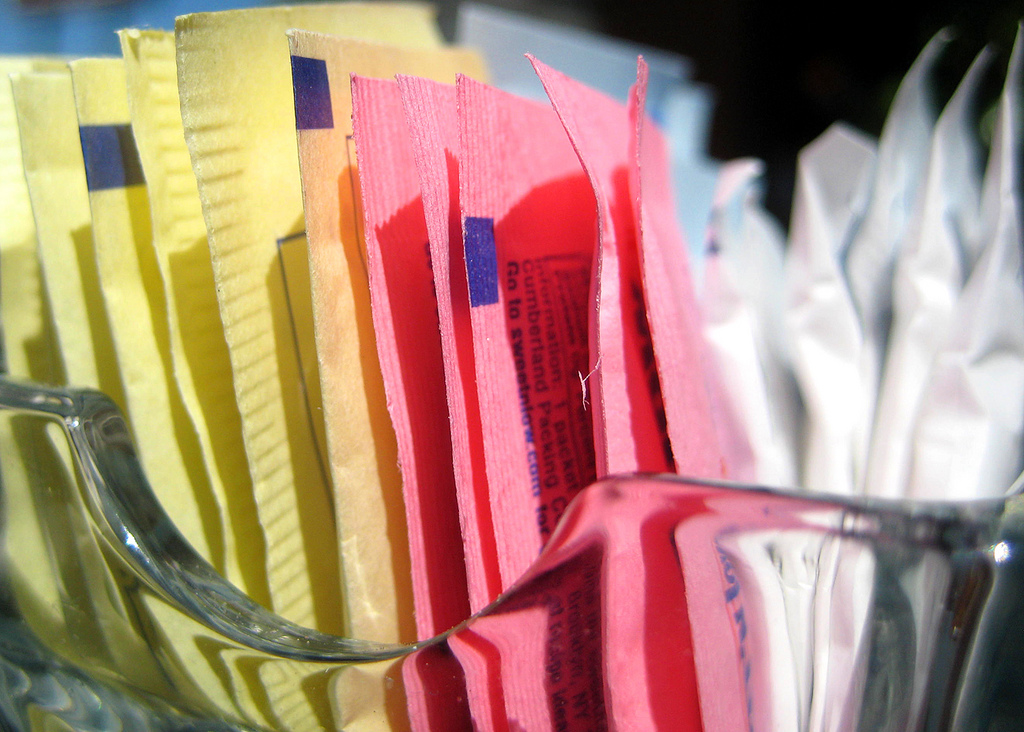
Advertisement
Carbonated soft drink sales have experienced a ten year decline in wake of more consumers seeking healthier beverage alternatives, like juice and flavored waters. In response, PepsiCo unveiled a new formula for its diet soda devoid of aspartame, an artificial sweetener that was discovered to be made from the excrement of genetically modified (GM) bacteria.(1)
The artificial sweetener first received a bad wrap by the press in 1999, when The Independent published a story entitled “ World’s top sweetener is made with GM bacteria,” which found that Monsanto intentionally added aspartame to soft drinks in the U.S., which is made from GM bacteria. The story was unprecedented but received little traction at the time.(2)
Since then, the new food movement has grown tremendously. More people want to know where their food comes from, how it’s made and what goes into it. Unfortunately, ignorance about what aspartame is, is made to persist. Fortunately, a 1981 patent for aspartame is available online for the world to see, which vindicates what Monsanto disclosed in 1999, before the biotech giant became known as the most evil corporation in the world.(2)
The gut wrenching method used to make aspartame
The patent is entitled “Process for producing aspartame,” which Bahl, Rose, and White summarize as follows:
The artificial sweetener aspartame, a dipeptide with the formula Asp-Phe-me, is produced using a cloned micrcorganism [sic]. A DNA which codes for a large stable peptide comprised of the repeating amino acid sequence (Asp-Phe)n is inserted into a cloning vehicle which in turn is introduced into a suitable host microorganism. The host microorganism is cultured and the large peptide containing the repeating Asp-Phe sequence is harvested therefrom. The free carboxyl group of the large peptide is benzylated and then hydrolysed to benzyl Asp-Phe dipeptides. This dipeptide is methylated and then debenzylated to form aspartame.(2)

The noted word salad of scientific jargon obscures the gut wrenching method, used to manufacture aspartame: First, cloned microorganisms, which the patent discloses to be genetically modified E. coli, are grown in tanks tuned to ensure that they flourish. The E.coli colony defecates the protein that harbors the aspartic acid-phenylalanine amino acid segment necessary to make aspartame. The feces are then collected, and undergo a process of mythylation, which adds noxious alcohol and methanal into the mix. In other words, aspartame is a cocktail of bacteria feces and toxic chemicals.(2)
New artificial sweetener used by Pepsi doesn’t seem to be any better
With insights like these and waning consumer demand, it’s easy to see why Pepsi decided to use a different sugar substitute for its diet soda. However, the artificial sweetener Pepsi now uses, sucralose (also known as Splenda) isn’t any better.(3)
According to a 12-week study on rats at Duke University, Splenda caused pH imbalances, swollen livers, weight gain, stymied absorption in the digestive tract and kidney calcification. No long-term studies about the side-effects, Splenda has on humans, have been conducted. Given that rat studies are intended to shed light on the impact various chemicals have on humans, the results at Duke University shouldn’t be taken with a grain of salt nor with a grain of Splenda. (3)
Consumers’ thirst for healthy beverages will not be quenched by artificial sweeteners. Nothing can substitute for clean water as a source for hydration, and natural juices as a source for nutrients. There are also natural, low calorie sweeteners to be found in nature, including lo han extract and coconut nectar.(4)
Sources include:
(1) PYMNTS.com
(2) NaturalNews.com
(3) NaturalNews.com
(4) NaturalNews.com
Submit a correction >>
This article may contain statements that reflect the opinion of the author
Advertisement
Advertisements















